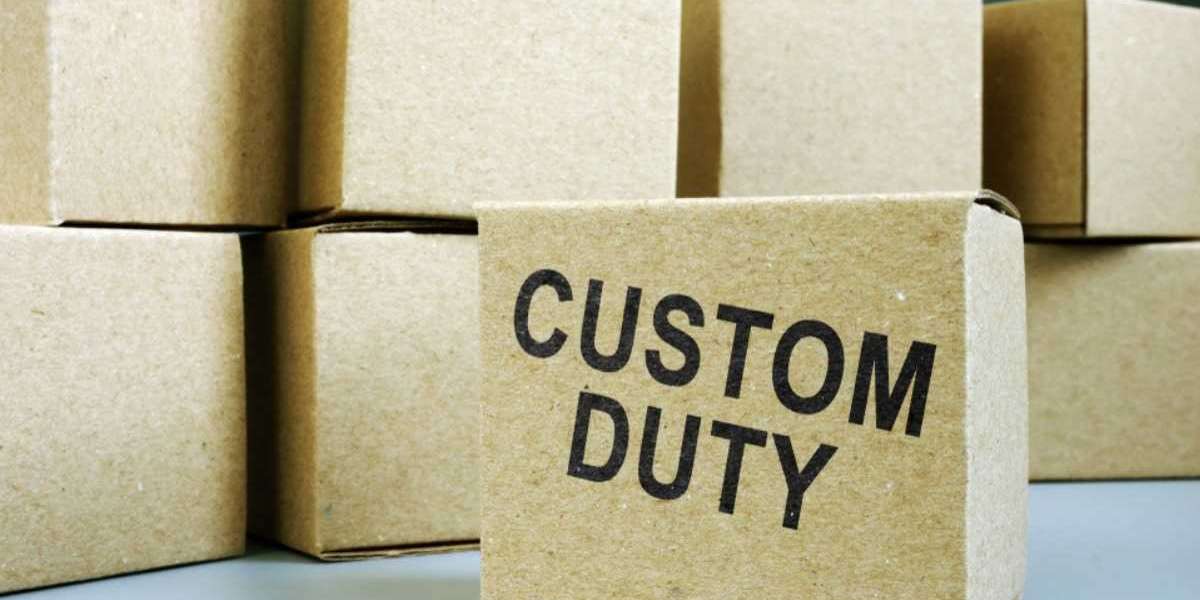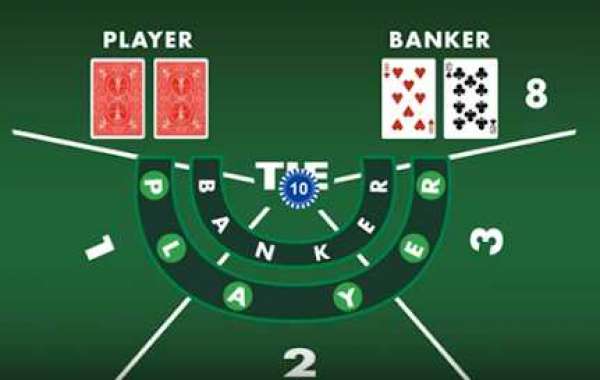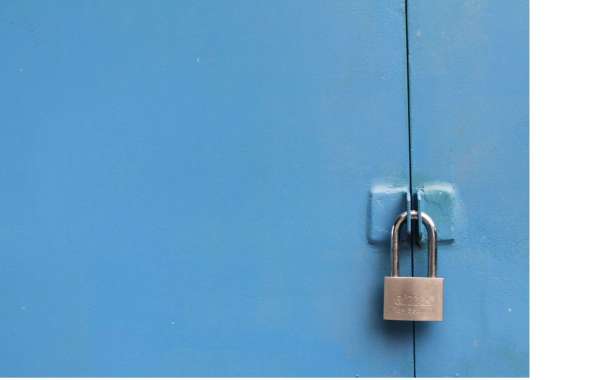Customs duties are charged on products that cross national borders. They serve multiple functions but the most obvious is to generate revenue for governments.
Duties are different than taxes (VAT/GST) as they depend on your product’s HS code or Schedule B number and the country of origin. A declared certificate of origin can dramatically change what your duties are.
Duty Rates
A customs duty (關稅) is a percentage based on the value of your merchandise paid for in another country. Duties provide a form of commerce protection that benefits jobs, the economy and the environment by controlling the influx and outflow of goods across international borders.
The precise rates vary by product, import category and country of origin. In the United States, they're spelled out in the Harmonized Tariff Schedule (HTS), which can run thousands of pages long.
The HTS breaks down duties into several categories, including ad valorem and specific duty, as well as rate quotas. Companies are strongly discouraged from misdeclaring products to avoid paying duties — Customs has the power to assess large penalties and fines if it finds such behavior. There are also special anti-dumping duties designed to offset the cost of "dumping," where foreign producers sell a good in local markets at prices below those of domestic manufacturers. See our De Minimis guide for low-value express shipments.
Import Documents
Some products require special documentation to meet specific import standards that are determined by different government agencies. These might include a health certificate for certain plant-based or food-related items or inspection certificates required by the U.S. Department of Agriculture for farm products.
Usually, customs duty is calculated on the basis of the customs value of goods supplied in the import declaration. Valuation factors, which are based on recognised valuation rules, are used to calculate the customs value and the selected duty rate is applied to this figure.
A licensed customs broker is authorised to execute a power of attorney (POA) directly with an importer of record (IOR) or drawback claimant in order to conduct customs business on their behalf. Consequently, a POA cannot be executed via a freight forwarder (FF) or other third party and the FF or other party must not communicate with the broker in place of or instead of the IOR.
Customs Brokers
To become a customs broker, you must pass two separate exams. The first is multiple choice, the second essay-type. After passing both, you must complete a background check and pay a fee to get your license. Licensed customs brokers can work for corporations, associations, or partnerships.
Customs duty is calculated on the basis of a product’s 10 digit HTS code. This code is based on the characteristics of the product and is determined by each country’s government. The HTS codes are listed on the country’s customs or trade tariff website.
Finding a knowledgeable customs broker is critical for avoiding penalties. Premier customs brokers stay up-to-date on the latest government rules and regulations for a variety of goods and shipping methods. Additionally, they can help you find the best options for paying your duty rates. Lastly, they can communicate with different agencies and officials (like the Canadian Food Inspection Agency) as your shipment is processed. This can save you time.
Exemptions
In many developing countries, customs administrations do not have the resources to effectively administer either a temporary admission for industrial inputs (TAP) system or a drawback system, which allow manufacturers to deduct the import duties paid on their raw materials used in producing export manufacturing. This leaves a lot of room for abuse and loss of revenue.
In addition to the general ad valorem duty rate, some countries have specific rates that depend on whether a product comes from a developing country under the Generalized System of Preferences program. These rates can lower or eliminate duty altogether.
If you have a personal exemption and are bringing back goods, make sure you declare them all. Otherwise, they'll be put in storage and may be sold at auction if you don't claim them within six months. Items sent back by freight or express services also must be declared. See CBP's information on mailing back items. You can pay your duty and taxes with a cashier's check or money order, a personal check drawn on a U.S. bank, or a VISA or MasterCard credit card.







